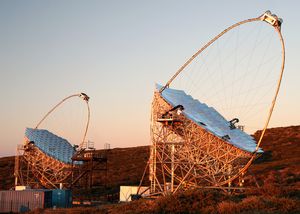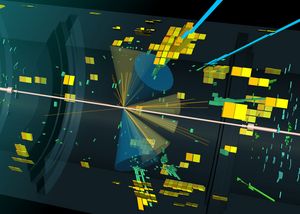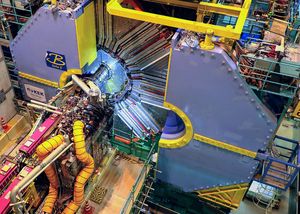Press releases
Pressemitteilungen
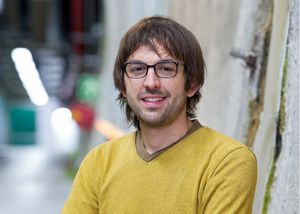
Raimund Strauss receives prestigious ERC Starting Grant
NU-CLEUS experiment studies the nature of neutrinos
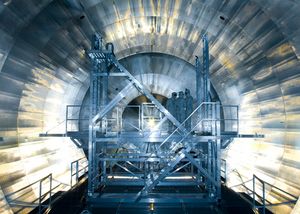
Neutrinos on the world's most accurate scales
Karlsruhe Tritium Neutrino Experiment KATRIN begins measurements – Ceremonial commissioning on June 11, 2018
